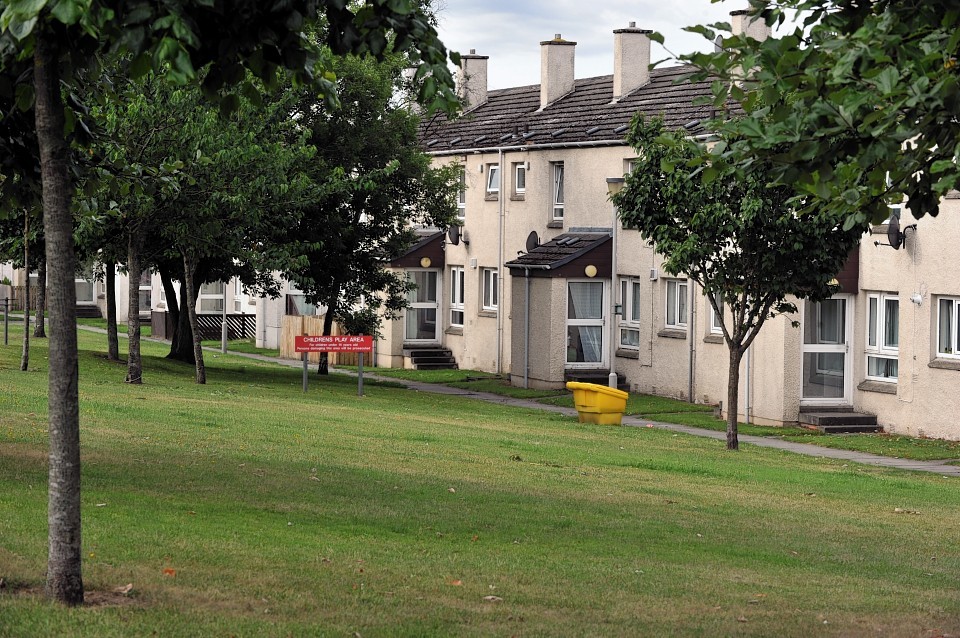Outdated planning laws have been blamed for a Moray housing estate being built on a potentially dangerous former Army site.
Earlier this week, it was revealed that a popular children’s play area in Elgin will be examined for unexploded World War II munitions.
It comes after new photographs showed the site, along with another area of the Pinefield estate was built over redundant trenches.
And although Moray Council insisted there was very little threat to public safety, local parents were horrified there could be unexploded ordnance in the area and questioned why they had not been told before.
But yesterday, Moray Council said the planners who approved the development would have been unaware of the risks raised by a former Army barracks.
A spokesman for the authority said it was only recently that planners had started taking into account the dangers posed by the previous uses of land they built on.
He said: “In the past people didn’t realise there was anything there.
“Contaminated land is a fairly new issue that councils have got to deal with.
“When building the houses and the industrial estate at Pinefield no thought would have been given to any danger there from contamination.
“Back in those days permission would have been given to build without anyone checking anything like that.”
The potential presence of contamination is now an essential planning consideration and the council ensures developers carry out assessments as part of applications.
Where necessary Moray Council insists contamination is dealt with prior to starting new work.
The council announced it will survey two parkland areas thought to be built over trenches from when the estate was an army barracks during World War II.
Next week the council’s contaminated land team will test the area for the presence of any ordnance.
A geophysical survey of the Pinefield estate will be carried out using sensory devices which build up a profile of what is beneath the surface of the two areas of Pinefield.
If necessary, diggers will be used to excavate the ground and remove any hazardous materials.
A council spokesman said earlier this week: “Although the likelihood of finding any ordnance is thought to be low, it is a precautionary survey to ensure the risk is minimised.”
